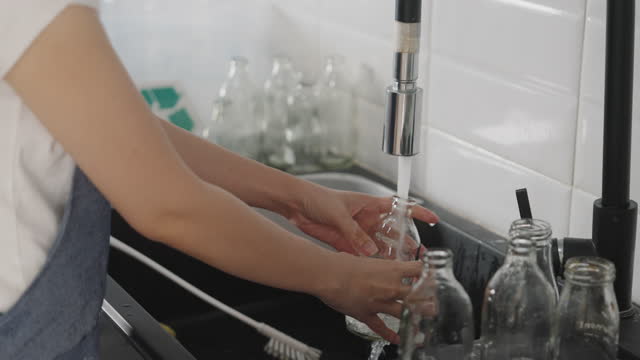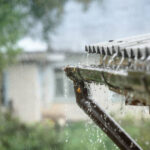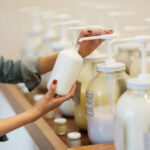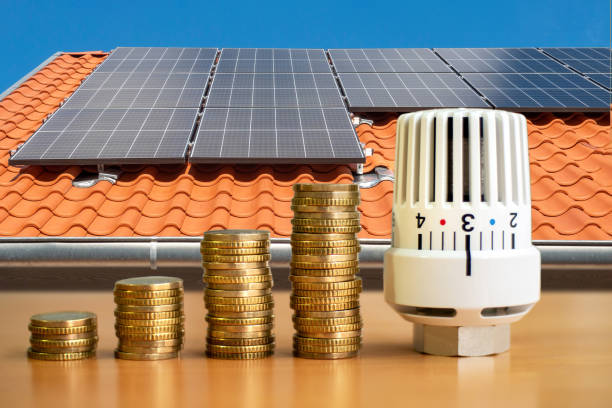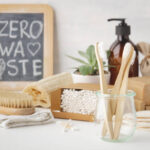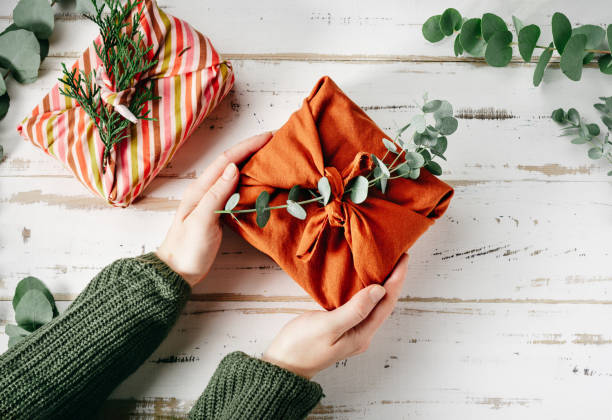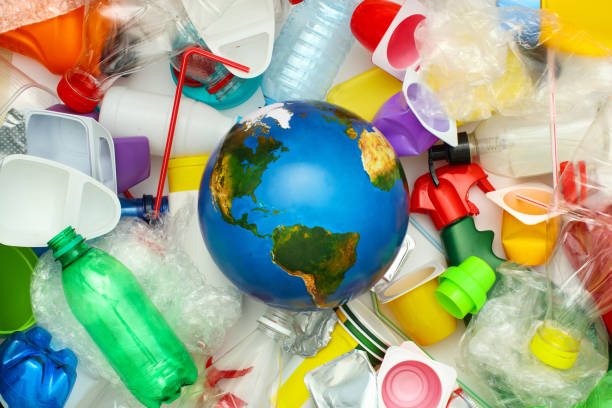Reducing Water Waste: Tips and Products for Efficient Water Use
This post contains affiliate links. I may earn a commission at no extra cost to you if you make a purchase. Note that I’m not a health or outdoor safety professional, so further research is advised. Your support keeps Outdoors A-Z running—thank you! Read the full disclosure.. Read the full disclosure here.
Water is a precious resource that should be conserved and used efficiently. In our daily lives, we often unknowingly waste significant amounts of water, leading to increased water bills and environmental damage. This article aims to provide practical tips and highlight innovative products that can help reduce water waste. By implementing these suggestions, individuals and households can make a positive impact on water conservation efforts.
Table of Contents
Understanding Water Waste
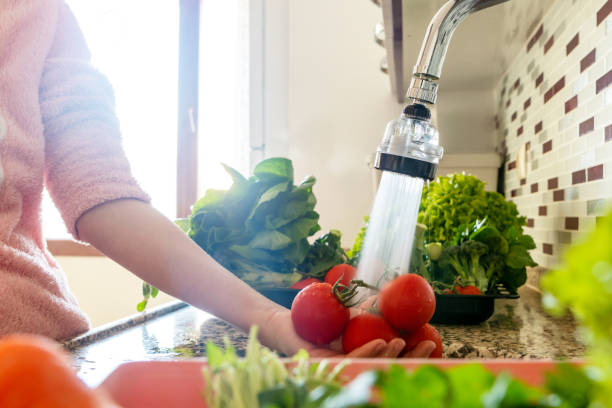
Water waste refers to the excessive and unnecessary use of water, resulting in its inefficient consumption. It occurs when water is used inappropriately, leaks are left unaddressed, or outdated appliances and fixtures are used. The wastage of water not only strains natural resources but also impacts the environment, contributes to water scarcity, and increases energy consumption.
The Importance of Efficient Water Use
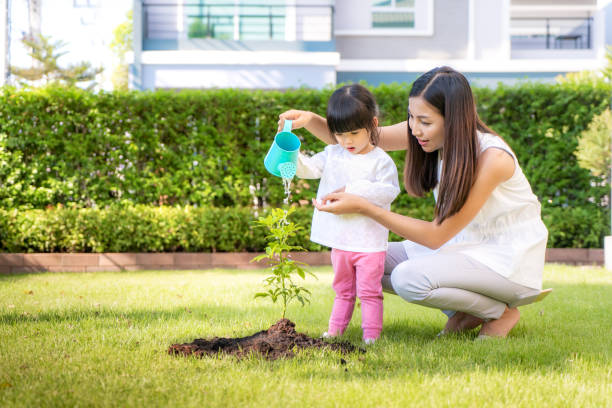
Efficient water use is crucial for several reasons. Firstly, it helps conserve water resources, ensuring their availability for future generations. Secondly, it reduces the strain on water treatment facilities and infrastructure, minimizing energy consumption and associated greenhouse gas emissions. Lastly, efficient water use lowers water bills, saving money for individuals and promoting sustainable living.
Tips for Reducing Water Waste
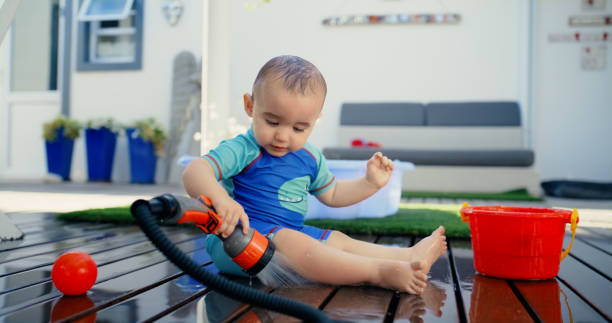
Installing Water-Saving Fixtures: Replace old faucets, showerheads, and toilets with water-saving models. These fixtures are designed to minimize water flow without compromising performance.
Fixing Leaks and Drips: Address any leaks or drips promptly. Even small leaks can waste significant amounts of water over time.
Collecting and Reusing Water: Use rain barrels to collect rainwater for activities such as watering plants or cleaning. Additionally, consider reusing greywater from sinks, showers, or washing machines for non-potable purposes.
Watering Plants Efficiently: Water plants during the cooler parts of the day to minimize evaporation. Use drip irrigation or soaker hoses to deliver water directly to the roots and reduce runoff.
Using Appliances Wisely: Opt for energy-efficient appliances, such as dishwashers and washing machines, that use less water. Make sure to run full loads to maximize water efficiency.
Being Mindful in the Bathroom: Take shorter showers and turn off the faucet while brushing your teeth or lathering soap. These small habits can save gallons of water each day.
Products for Efficient Water Use
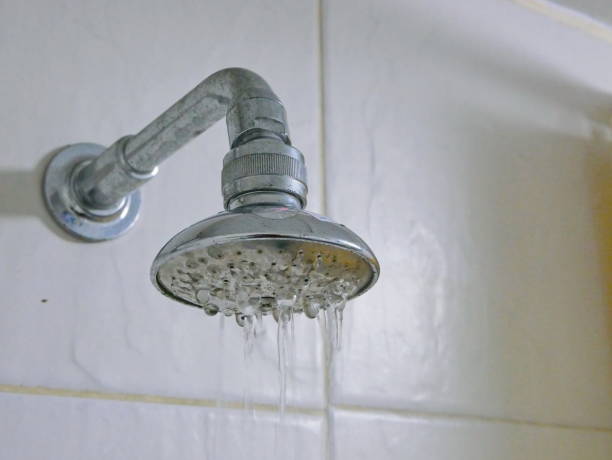
Low-Flow Showerheads: These showerheads restrict water flow while maintaining a satisfying shower experience. They can reduce water usage by up to 50% compared to standard showerheads.
Faucet Aerators: Installing aerators on faucets adds air to the water stream, reducing flow while maintaining pressure. This simple attachment can cut water usage by up to 50%.
Dual Flush Toilets: Dual flush toilets provide two flushing options: one for liquid waste and another for solid waste. By using less water for liquid waste, these toilets save significant amounts of water.
Smart Irrigation Systems: These systems use weather data and soil moisture sensors to optimize watering schedules. They prevent overwatering by adjusting irrigation based on real-time conditions.
Rainwater Harvesting Systems: These systems collect rainwater from roofs and store it for later use. It can be used for irrigation, washing cars, or flushing toilets, reducing reliance on freshwater sources.
Final Thoughts
Reducing water waste is a collective responsibility that requires conscious efforts from individuals, communities, and businesses. By following the tips mentioned above and considering the use of water-efficient products, we can make a significant impact on conserving water resources and promoting sustainable living. Let’s embrace these changes and contribute to a greener and more water-conscious future.
FAQs
How can I check for leaks in my home?
To check for leaks, you can start by monitoring your water meter for any unusual activity when no water is being used. You can also conduct a visual inspection of faucets, toilets, and pipes for any signs of water leakage or dripping.
Are water-saving fixtures expensive?
Water-saving fixtures come in a range of prices, depending on the brand and features. While some may be more expensive initially, they can lead to long-term savings on water bills, making them a worthwhile investment.
Can rainwater harvesting systems be used in all climates?
Rainwater harvesting systems can be used in various climates. While they may be more effective in areas with higher rainfall, they can still collect and store water during periods of lower precipitation.
How much water can I save with a low-flow showerhead?
A low-flow showerhead can save approximately 2-3 gallons of water per minute compared to a standard showerhead. With the average shower lasting around 8 minutes, the water savings can quickly add up.
Do dual flush toilets require special maintenance?
Dual flush toilets do not require any special maintenance compared to regular toilets. However, it’s important to ensure that the flush mechanisms are functioning properly to prevent any leaks or inefficiencies.

